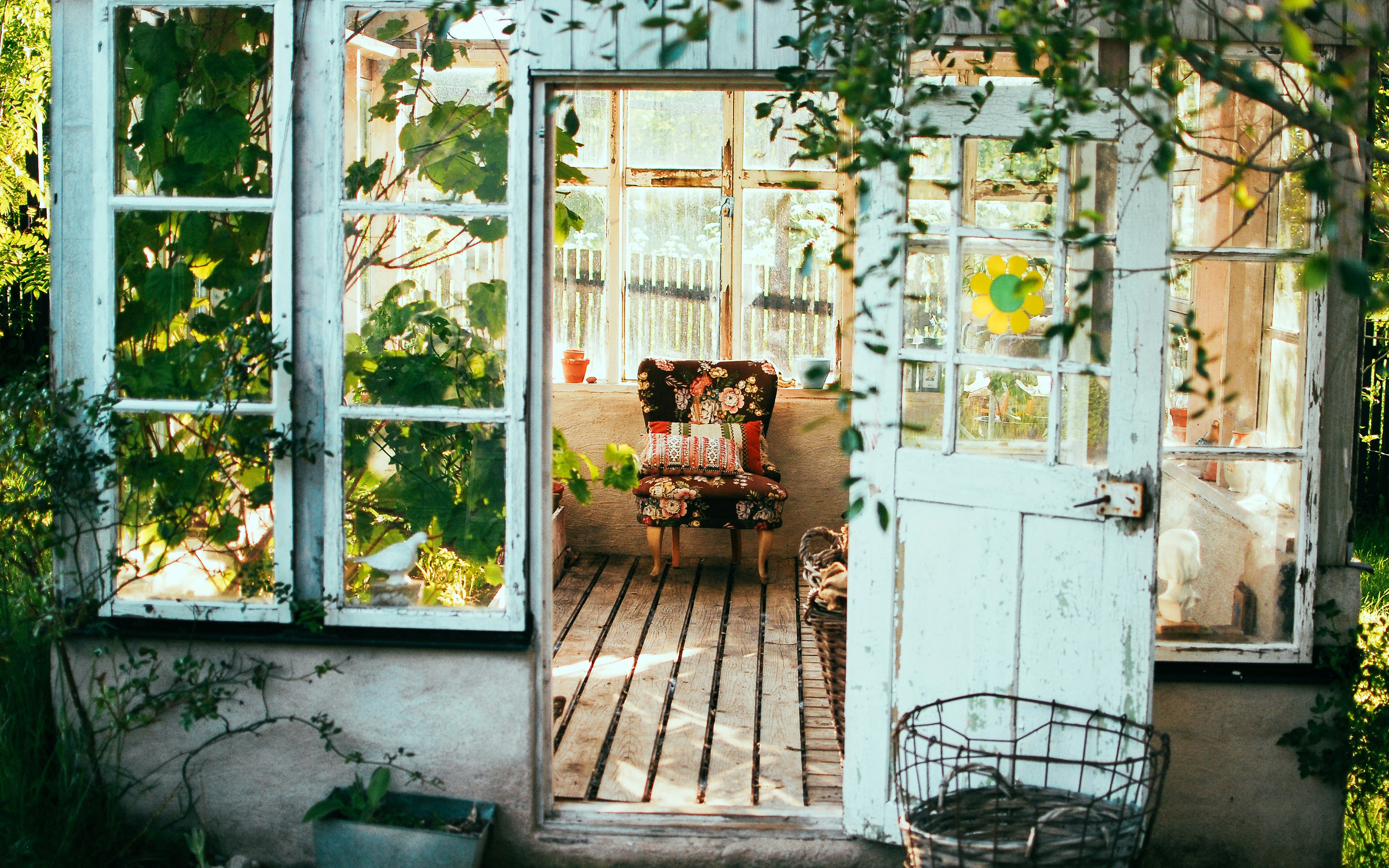Whimsical Washi: The Tape Trend Transforming Home Decor
In the ever-evolving world of interior design, a delightful new trend is making waves: washi tape home decor. This versatile Japanese paper tape is no longer confined to craft rooms and scrapbooks. It's now adorning walls, furniture, and accessories in homes across the globe, offering a playful and impermanent way to add color, pattern, and personality to living spaces.
The Origins of Washi Tape
Washi tape, a staple in Japanese craft culture, has a rich history dating back centuries. Traditional washi paper, made from the bark of native Japanese trees, has been produced since the 7th century. However, the tape we know today is a more recent innovation.
In 2006, a group of Japanese women approached the Kamoi Kakoshi washi paper company with a unique request: they wanted a tape that was easy to tear by hand and wouldn’t damage surfaces when removed. The company responded by creating mt tape, the first decorative masking tape that would eventually become known globally as washi tape.
This new product quickly gained popularity in Japan for its versatility and aesthetically pleasing designs. As crafters and designers around the world discovered its potential, washi tape transcended its original purpose and became a beloved tool in various creative fields, including home decor.
Washi Tape in Interior Design
The leap from craft supply to interior design element was a natural progression for washi tape. Its key attributes – removability, variety of patterns, and ease of use – made it an ideal medium for temporary home customization.
Interior designers and DIY enthusiasts alike have embraced washi tape for its ability to create striking visual effects without the permanence of paint or wallpaper. From creating faux headboards to outlining faux windows, the applications are limited only by one’s imagination.
One of the most popular uses is creating accent walls. By arranging strips of washi tape in geometric patterns or abstract designs, homeowners can achieve a wallpaper-like effect that can be easily changed or removed. This technique is particularly appealing to renters or those who enjoy frequently updating their decor.
The Psychology of Impermanent Decor
The rise of washi tape in home decor speaks to a larger trend in interior design: the desire for flexibility and personalization. In an era where many people move frequently or work from home, the ability to quickly and easily alter one’s environment has become increasingly valued.
Psychologists have noted that the freedom to change our surroundings can have positive effects on mental well-being. It allows for expression of creativity and can help individuals feel more in control of their environment. Washi tape decor taps into this psychological benefit, offering a low-stakes way to experiment with color, pattern, and design.
Moreover, the impermanent nature of washi tape aligns with the growing interest in sustainable living. Unlike traditional wallpaper or paint, washi tape can be removed without damaging surfaces, reducing waste and allowing for more frequent decor updates without environmental guilt.
DIY Washi Tape Projects for Every Room
The versatility of washi tape makes it suitable for projects in every room of the house. In the living room, it can be used to create faux frames around artwork or to add interest to plain lampshades. Kitchen cabinets can be livened up with washi tape trim, while bathroom tiles can be temporarily transformed with geometric tape patterns.
In bedrooms, washi tape headboards have become a popular DIY project. By applying tape directly to the wall behind the bed in a headboard shape, one can create a focal point that’s easily changed to suit evolving tastes or seasons.
Home offices, too, have seen a surge in washi tape use. From creating colorful calendar grids on walls to decorating desk accessories, the tape offers a way to personalize workspaces without permanent alterations – perfect for those working in rental properties or shared offices.
The Future of Washi Tape in Home Design
As the washi tape trend continues to grow, manufacturers are responding with an ever-expanding range of designs, widths, and finishes. Metallic and holographic tapes are gaining popularity, allowing for more sophisticated and grown-up applications in home decor.
Designers are also exploring new ways to incorporate washi tape into their creations. Some are using it as a starting point for larger installations, combining the tape with other materials to create mixed-media wall art or sculptural pieces.
Looking ahead, we can expect to see washi tape pushing further into mainstream interior design. Its eco-friendly nature and alignment with the principles of flexible living make it well-positioned to remain relevant in an increasingly dynamic and environmentally conscious world.
As homeowners and designers continue to explore the possibilities of this humble yet versatile material, washi tape stands poised to leave its mark – however temporary – on the future of home decor. It’s a trend that encourages experimentation, celebrates impermanence, and proves that sometimes, the most impactful design solutions are also the simplest.







